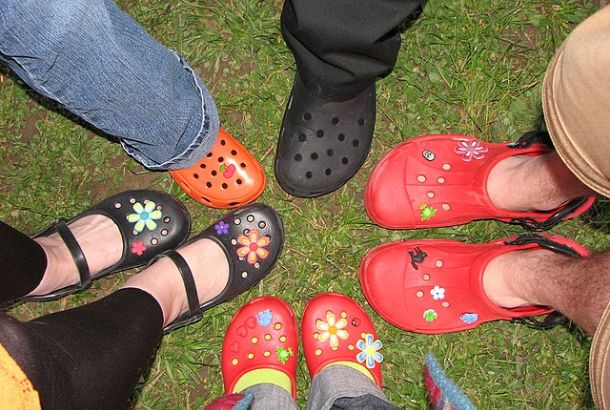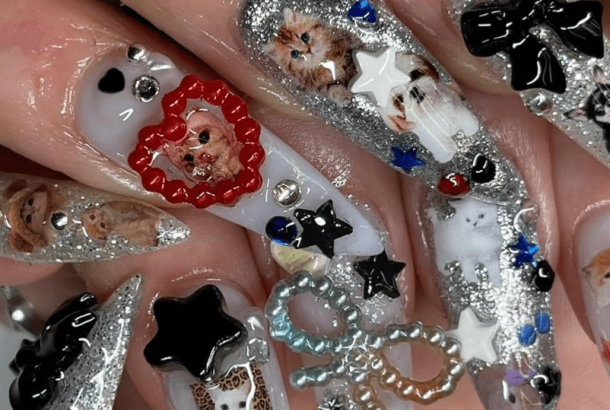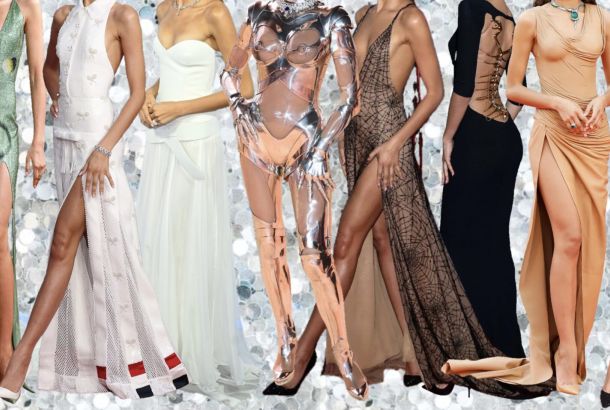Feminist fashion: Decisive decades
By Mancunion
There’s a stereotypical image of a feminist often cited by people as their reason not to identify with the very word itself. You know the one—frumpy, angry, and very badly dressed. Where this image comes from is a mystery to the Mancunion’s Fashion and Beauty as most major advances in fashion have been a result of female empowerment, or in other, more concise words, feminism. We’ve chosen the most inspiring decades of feminist fashion as an ode to the fashion followers who got us to where we are today.
Photo: Wikimedia CommonsThe 1920s
During World War I, women were allowed to work on the Home Front, meaning that for the first time ever they held positions of power in society. With the war over, the suffragette movement took off and you may recall that in 1928, the government even allowed women to vote. Social and political boundaries were being broken down and the female voice was beginning to be heard. Political and economic change in the post-war period was mirrored in rapidly evolving fashion designs. Gone were the restricting corsets; replaced with dropped waists, raised hemlines and more ‘masculine’ cuts.
A female identity began to form through the flamboyant and daring designs of flapper dresses; androgyny was suddenly sexy, as opposed to being frowned upon. Most importantly, women’s wear needed to match women’s lives which meant they needed to be both functional and fun. Dresses were less heavy and outfits smarter. These were clothes that women could actually do stuff in, like work, vote, speak, and, at times, be taken seriously. Most importantly, these were the clothes that were made with women in mind and not the patriarch.
Photo: likeabalalaika @FlickrThe 1960s
The 1960s was the home of feminism’s second wave and as women fought for contraception and better representation in the workplace, they wore their opinions on the outside. From miniskirts to go-go boots and space-inspired trends, ‘60s fashion looked forward to a very feminist future.
There are few decades which have seen as many feminist fashion breakthroughs as the swinging ‘60s. With the introduction of the mini skirt in 1964, Mary Quant sparked a style revolution that hemlines are yet to get over. Freeing female knees up and down the country, skirts became a statement of political persuasion and a call to arms to other women. So those still silly enough to think short skirts are about attracting male attention, take note!
In the second half of the decade women took the borrowed-from-the-boys concept and blew it out of the water, wearing trousers in a vast array of styles including some that were indistinguishable from male versions. This act of leg liberation reflected women’s growing freedom and desire for professional and social recognition. The new androgynous look, as embodied by supermodel Twiggy, riffed on 1920s influences. But contrary to popular belief, no bras were burned in the making of this new aesthetic.
Photo: fanpop.comThe 1980s
Power dressing packed a punch in the in the 80s as women began to dip their toes into the unfamiliar world of androgynous fashion. A decade laced with ties, tailored skirt suits and double-breasted jackets had dawned and the sheer strength of their masculine silhouettes reflected a new era of female empowerment, as more and more women gained a sturdy foothold in the male-dominated world of business.
Love them or hate them, shoulder pads were an embodiment of the ‘dress for success’ mantra as women set their sights far beyond the glass ceiling of gender inequality. This powerful trend eventually permeated popular culture, with strong female protagonists sporting powerful sartorial looks in shows such as Dallas, Dynasty, and the 1988 cult classic ‘Working Girl.’
Previous more traditional notions of the aesthetics of femininity had begun to fade and designers such as Giorgio Armani, Thierry Mugler, and Claude Montana launched new arguably outlandish designs which featured razor sharp tailoring in understated yet commanding hues and that channelled the masculine. Feminists in fashion were making a clear statement about their refusal to be confined to a single sartorial mould of restrictive dressing, which consequently liberated them socially, professionally, and politically.







